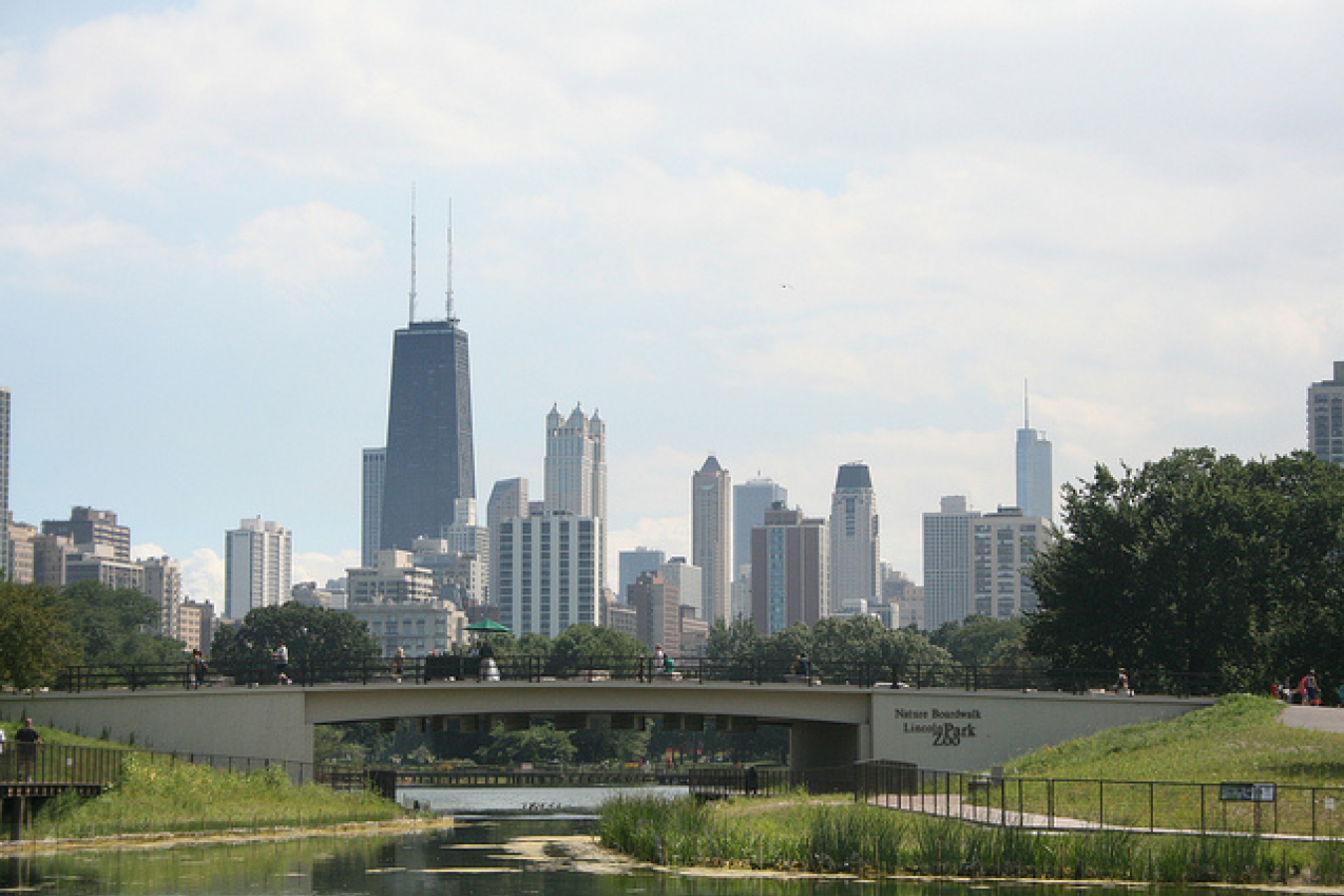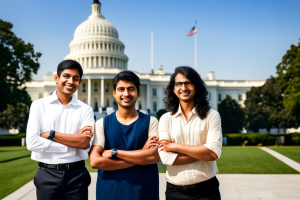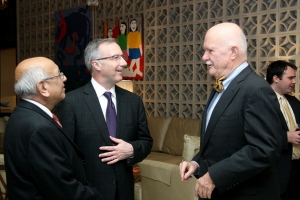Support migrant centric journalism today and donate

According to a report submitted to US Congress by Citizenship and Immigration Services Ombudsman, Maria Odom, US Citizenship and Immigration Services (USCIS) is issuing a high number of requests for evidence (RFEs), especially for L-1A and L-1B visas. The CIS report states that ‘USCIS continues to frustrate employers with a series of processing delays.’
The L-1 visa is a non-immigrant visa, which enables companies operating outside the US to transfer certain classes of employee from its foreign operations to a new or existing US branch of the business. The L-1A category is applicable to managers and executives and allows entry for up to seven years, while the L-1B category covers specialized knowledge staff and allows entry for up to five years.
The CIS report identified a number of inexplicable L-1 visa processing inconsistencies between the USCIS’ service centers, leaving many employers disgruntled. An excerpt from the report reads: “The percentage of L-1A cases flagged for an RFE at the California Service Center grew to 55 percent of the total filings for that product in Fiscal Year (FY) 2015, its highest level in 20 years”
“Meanwhile, in the same period, the percentage of RFEs issued at the Vermont Service Center dropped dramatically from a high of 44.6 percent in FY 2014, to 29 percent in FY 2015.”
Maria Odom said: “It is unclear why L-1A RFE rates differ so significantly between service centers.”
Odom urged the USCIS to be ‘more transparent’ over RFE rates and called for those handling L-1 category visa cases to undergo ‘enhanced training.’
The CIS Ombudsman’s 2016 report to Congress urges the USCIS to establish and implement a process that can give a more accurate prediction of processing times, while ‘allocating more resources to processing employment authorization documents,’ among other recommendations.
Sanwar Ali, Editor of workpermit.com News has the following comments to make:
Probably no other Country in the World requires so many documents for a work visa application as the US does for L-1 visas. Unless a large company can come under L-1 blanket petition filing typically to obtain an L-1A visa or L-1B visa you need to send a large bundle of documents to USCIS in duplicate. In addition for non-experts it is extremely difficult to know what to include with an L-1 visa application. USCIS I-129 form instructions do not make it clear what needs to be included with the L-1 visa petition.
The RFE (request for further evidence) if issued typically requires a great deal of additional documentation. This is despite large quantities of documents already having been provided to USCIS when applying for the L-1 petition, It frequently requires more time to deal with the RFE than the original L-1 visa petition.
Odom cited in the report that USCIS has failed to make sufficient progress in addressing:
- The continued issuance of ‘overly burdensome and unnecessary requests for evidence.’
- Delays in processing times.
- Adjudication inconsistencies across service centers.
- Lapses in meeting the 90-day regulatory deadline for employment authorization documents.
There are also lengthy delays in the processing of H-1B visa extensions which can take many months at both the California and Vermont USCIS service centers. If processing delays are longer than 240 days the H-1B visa employee can no longer work for the employer. Employers are frequently left with no choice but to pay the USCIS premium processing fee of $1225 to receive a response within fifteen days. This adds significantly to the cost to employers of obtaining visas.
Workpermit.com can help with L-1, E-1, E-2, B-1 in lieu of H-1B visas and other types of US visas
For more information, or to find out if you are eligible for a US work visa contact workpermit.com on 0344 991 9222 or email london@workpermit.com.





















